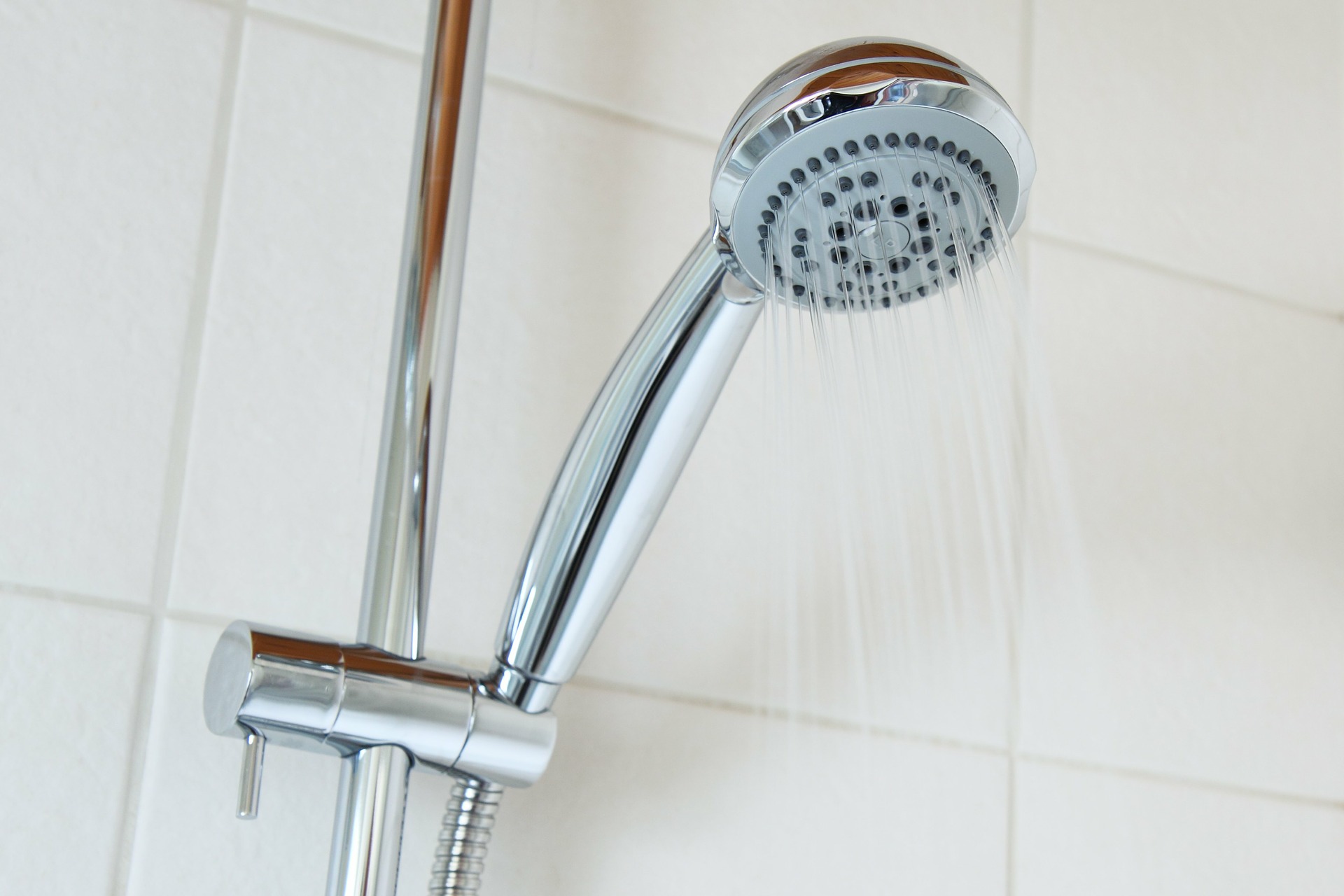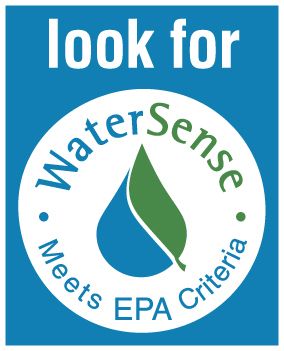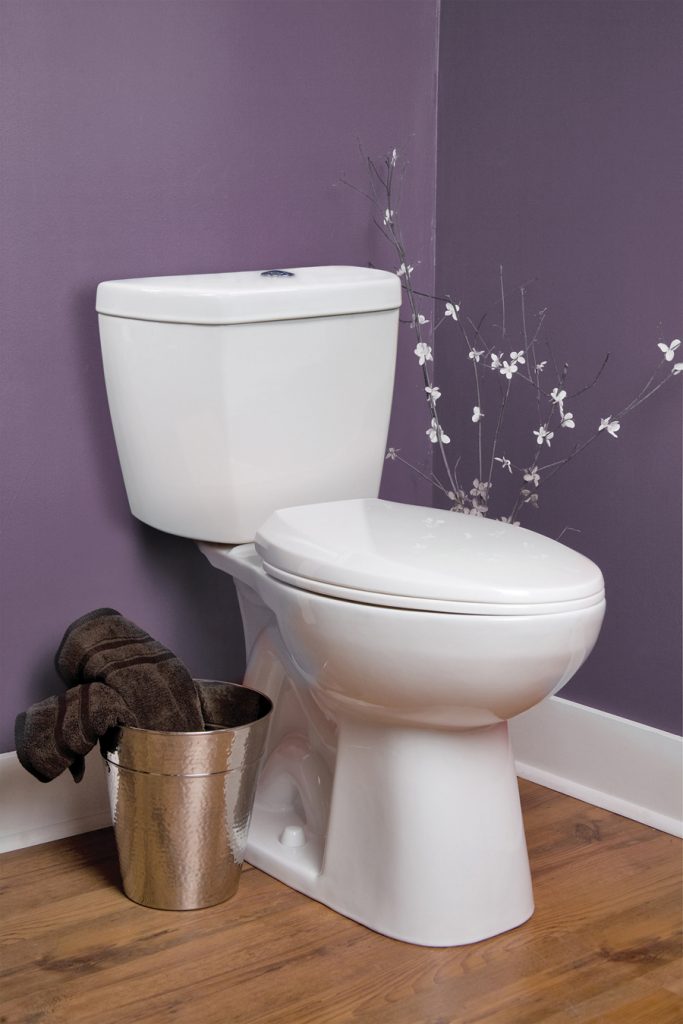Ultra high-efficiency toilets can help you conserve water in the bathroom by saving up to 13,000 gallons of water a year.
While many New Year’s resolutions include revitalizing gym memberships or clearing out overflowing email inboxes, a great way to start the year off right is to focus on helping the environment and creating an eco-friendly household. Going green can make your home feel refreshed and new again, and the lower utility bills that come with being environmentally friendly are simply icing on the cake.
If you’re interested in attempting a green project that can provide big water and energy savings, the ideal space to refresh is the bath. By updating a few key elements, the bath can be transformed into a relaxing retreat that saves energy, water, and money. Saving water in the bath is an ideal way to lower utility bills, as the bathroom is one of the biggest water wasters in the home according to the Environmental Protection Agency (EPA).
Below are five tips to help you save water and make your bathroom an eco-friendly, tranquil haven.
1. Save in Style
As the main water wasters in the home, toilets account for nearly 30 percent of indoor water consumption according to the EPA. However, water-wasting can turn into water and monetary savings by replacing older, ineffective toilets with new WaterSense-labeled high-efficiency toilets. Also, adding an eco-friendly toilet can help to update the style of the bath by providing a more contemporary feel to the room. To achieve the ultimate in savings, try installing an ultra-high-efficiency toilet, which can save up to 13,000 gallons of water a year and up to $140 per year on water usage annually.
2. Small Leaks, Big Problems
One of the major causes of wasted water in the bathroom is faucet and toilet leaks, which can sometimes go undetected and waste hundreds of gallons of water. In fact, a small faucet drip can waste up to 20 gallons of water per day. Toilet leaks are also major problems that often go undetected, but here’s an easy test to see if your toilet is leaking. Drop a “toilet dye” tablet in the toilet tank and closely monitor the toilet bowl. [Editor’s note: You can also use blue food coloring.] If without flushing, blue water appears in the bowl within half an hour, your toilet has a leak that needs to be repaired. Another way to see if you have a water leak in your home is to read your house water meter before and after a two-hour period when no water is being used. If the meter does not stay exactly the same, then you have a leak.

3. Shower Yourself in Savings
Taking a long, hot shower can be an ideal way to relax, but the increased water and utility bills that result may create unneeded stress. By replacing an existing showerhead with a powerful WaterSense-labeled high-efficiency model, you can enjoy your shower while saving water and money. Some high-efficiency showerheads offer maximum performance and can save up to 2,700 gallons of water per year and over $100 off utility bills annually, while also providing a spa-like feel for your bathroom.

4. Adjust Habits, Adjust the Bottom Line
The habits you develop in the bathroom can impact the amount of water you save—and the amount you waste. Simple habits, like turning off the water while brushing your teeth or shaving, can save water and help lower utility bills. Also, it helps to budget your time in the bathroom so you can save as much water as possible. For example, while waiting for hot water to run in your shower or sink, try accomplishing the tasks that don’t require hot water so you can maximize your water use. Finally, another habit to break is using your toilet as a garbage can, which can be a huge water waster and can also lead to blocked pipes.
5. Faucet Focus
Updating your bathroom fixtures can provide water and energy savings without breaking the bank if you know what products to choose. Installing faucet aerators in the bathroom can help regulate water pressure and save water. Some faucet aerators offer multiple, pressure compensating flow rates that provide significant savings over the standard 2.2 gallons per minute (GPM) faucet aerators. These varying flow rates allow the homeowner to use less water depending on the task at hand and ultimately save over 10,000 gallons of water a year and $150 off utility and water bills annually.
Three Hand-Picked Articles to Read Next:
- Why We’re for Water: Take the Pledge Today
- Make Your New Year’s Resolution to Save Water Today
- How to Conserve Water and Energy in the Laundry Room
Water – Use It Wisely is proud to feature guest bloggers who write about topics related to water and water conservation. With a history of nearly 40 years of quality and innovation, Niagara Conservation has earned a reputation as the premier manufacturer of high-efficiency water and energy conservation products – including water-efficient offerings for each of the five ways to green your bathroom outlined in this piece. For more information about Niagara’s water-saving and energy-saving products, visit www.NiagaraConservation.com, or call 800-831-8383.


